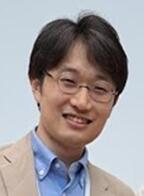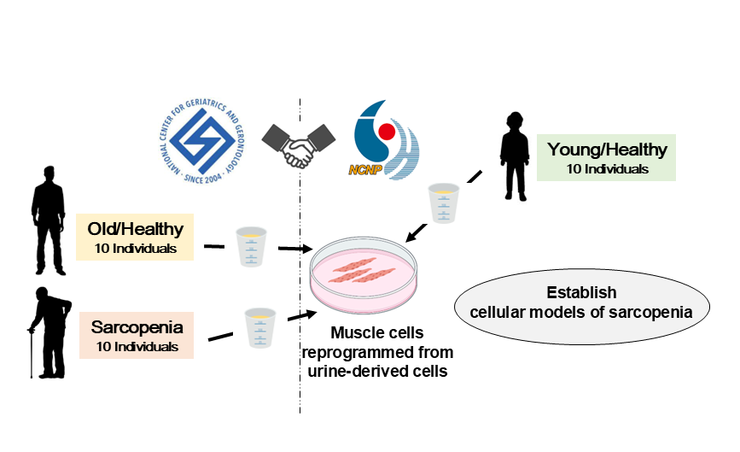Modelling Sarcopenia in MYOD1-converted human urine-derived cells
Abstract
Sarcopenia is characterized by the progressive loss of muscle mass and function due to aging, and most of the patients are bedridden or confined to a wheelchair. Given that epidemiological studies suggest that high muscle mass and a fast-walking speed can extend life expectancy, we should tackle sarcopenia. However, the molecular mechanism of the disease is still largely unknown, and no effective drug is developed.
One of the factors that make it difficult to make progress in sarcopenia research is the difficulty in obtaining patient-derived skeletal muscle samples. In this study, we will focus on human urine-derived stem cells (UDCs) collected from urine non-invasively. We have previously reported efficient cellular skeletal muscle modeling by using myogenic differentiation 1 (MYOD1)-transduced UDCs (MYOD1-UDCs). In addition, we have already found that the maturity of MYOD1-UDCs significantly degrades and DNA methylation age in the cells elevates in proportion to donors' age. Therefore, we believe that these cells have high potential to be a useful cellular model for research on sarcopenia affected by aging. Furthermore, NCGG, our collaborator, has conducted various clinical studies focusing on elderly individuals including a long-term longitudinal epidemiological study of aging (NILS-LSA) and a registry study of locomotion, frailty, and sarcopenia. We will obtain urine samples from the participants in these registry studies.
Taken together, the purpose of this study is to establish a sarcopenia skeletal muscle cell model in collaboration with NCNP and NCGG, and to discover the seeds leading to future drug development for the disease.
Perspectives
- We can establish a sarcopenia skeletal muscle cell model with human urine-derived cells (UDCs) obtained from sarcopenia patients.
- We can identify sarcopenia-specific biomarkers via RNAseq analysis of MYOD1-converted UDCs.
- Using the information of the biomarkers above, gene-modulating experiments with MYOD1-converted UDCs might pave the way to the development of gene therapy including siRNA and mRNA drugs.
Comments from principal researcher
Katsuhiko Kunitake,Department of Molecular Therapy, National Institute of Neuroscience, National Center of Neurology and Psychiatry (NCNP),Research Fellow
Sarcopenia is a representative aging disorder, but the cause or onset of the disease is still unclear. In this research, we will use unique human samples called "urine-derived cells". Since these cells can be collected non-invasively and repeatedly from anyone, we attempt to demonstrate the cells are useful not only for sarcopenia models but also tracing tools of aging process.

Shared Researchers
Minako Takaishi(Department of Musculoskeletal Disease, Geroscience Research Center, National Center for Geriatrics and Gerontology〔NCGG〕)
Takahiro Eguchi(Brain-Skeletal Muscle Connection in Aging Project Team, Geroscience Research Center, National Center for Geriatrics and Gerontology〔NCGG〕)

